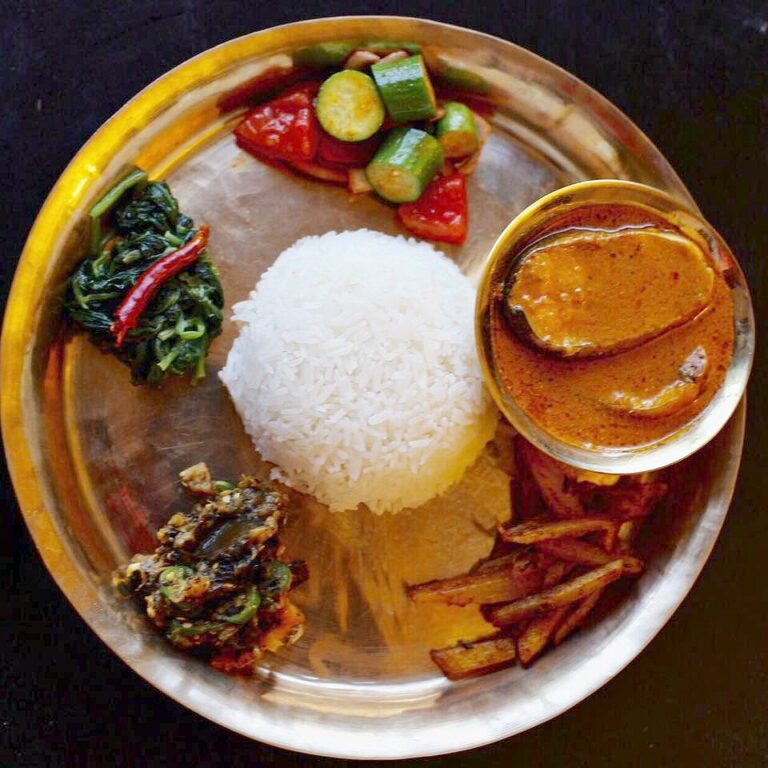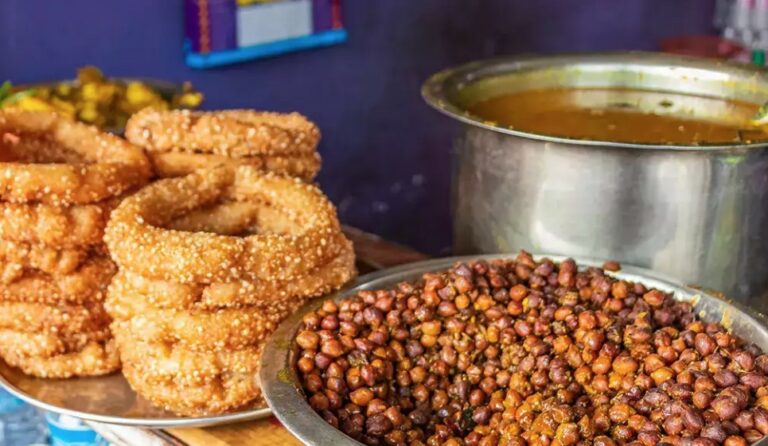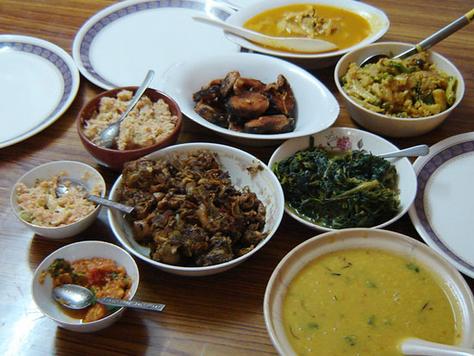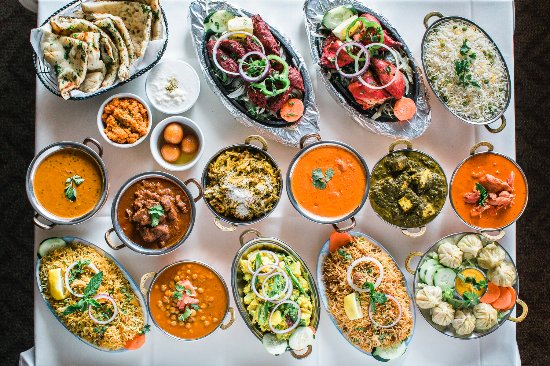Introduction: Food Markets and Festivals in Nepal
Nepal is a country with a rich cultural heritage, and it is no surprise that its cuisine is just as diverse and fascinating as its history. From momos to curry, from chutneys to pickles, Nepalese cuisine has a lot to offer for food lovers. If you are planning a trip to Nepal, it’s worth exploring some of the food markets and festivals that the country has to offer.
Traditional Nepalese Cuisine: What to Expect
Nepalese cuisine is a blend of various ethnic and cultural influences. The most common elements in Nepalese cuisine include rice, lentils, vegetables, and meat. The spices and herbs used in Nepalese cooking are unique and add a distinct flavor to the dishes. Some of the traditional Nepalese dishes that you should try include momos (dumplings), dal bhat (lentil soup with rice), sel roti (sweet rice bread), and chow mein (stir-fried noodles).
Famous Food Markets in Nepal: A Guide
Nepal has a rich and diverse food market scene. If you are looking for fresh produce, spices, and herbs, you should visit the Ason Bazaar in Kathmandu. The bazaar is a great place to explore and taste some of the local snacks and drinks. The Pokhara Farmers Market is another popular destination for foodies. Here, you can find fresh organic produce, homemade jams and pickles, and traditional Nepalese snacks. The Boudha Market is known for its Tibetan cuisine and is a great place to try thukpa (noodle soup) and momos.
Exploring Nepalese Festivals for Foodies
Nepal has a year-round calendar of festivals, and most of these festivals have a strong culinary component. The Tihar festival, also known as the Festival of Lights, is a great place to try traditional Nepalese sweets like sel roti and kaju barfi. The Holi festival is celebrated with delicious sweets like gujiya and mathri. The Bisket Jatra festival, celebrated in Bhaktapur, is known for its delicious Newari cuisine.
Street Food in Nepal: A Culinary Adventure
Nepal has a bustling street food culture, and you can find delicious snacks and meals at every corner. Some of the must-try street food items include momos, samosas, chow mein, and sekuwa (grilled meat). If you are feeling adventurous, you can try the jhol momo, which is momo served in a spicy soup.
Conclusion: Food Markets and Festivals in Nepal
Nepal is a food lover’s paradise. Whether you are exploring the food markets or attending a festival, there is always something new and exciting to try. The rich and diverse cuisine of Nepal is a reflection of its cultural heritage, and it is a must-try for anyone visiting the country. So, come to Nepal and embark on a culinary adventure that you will never forget.










